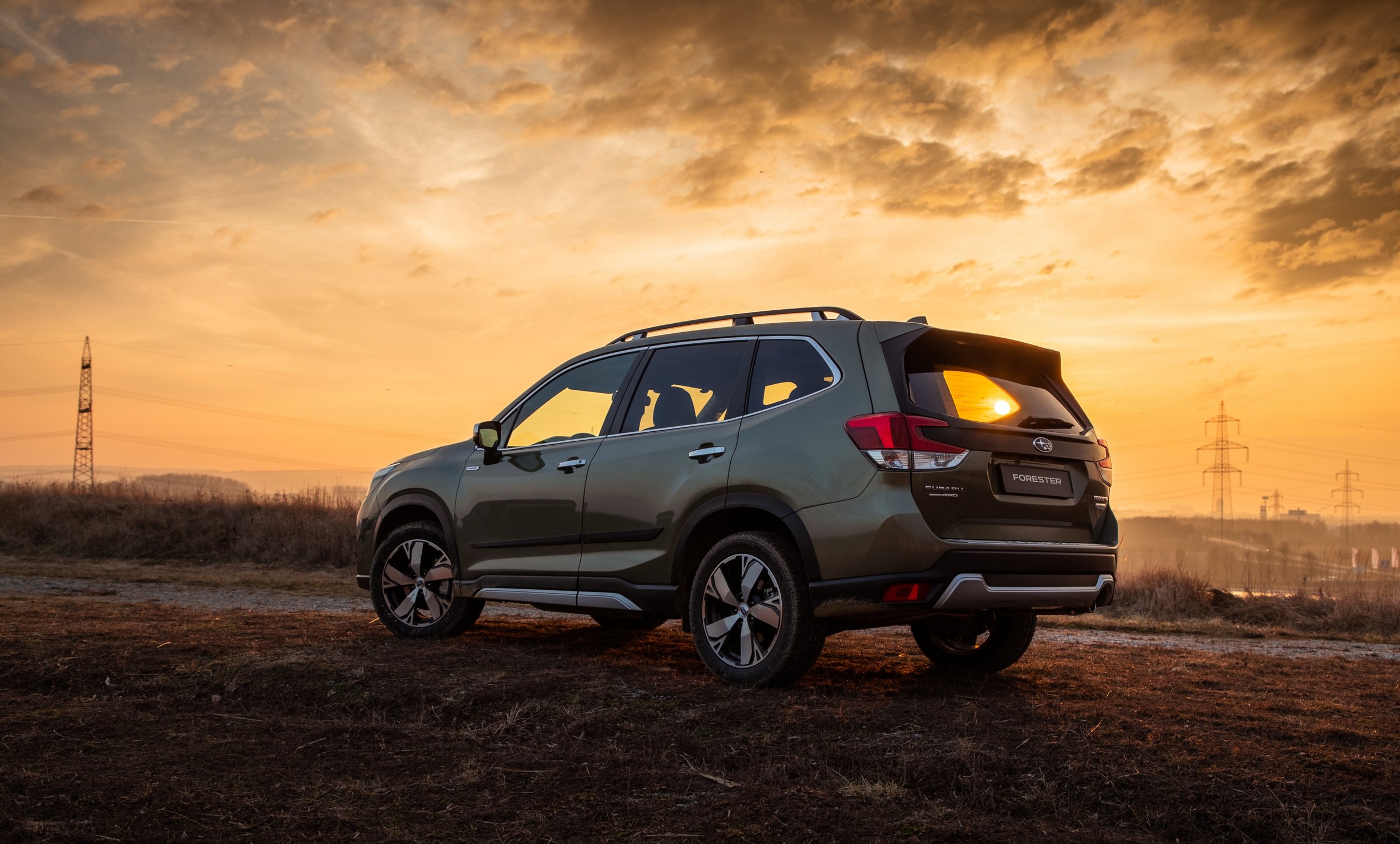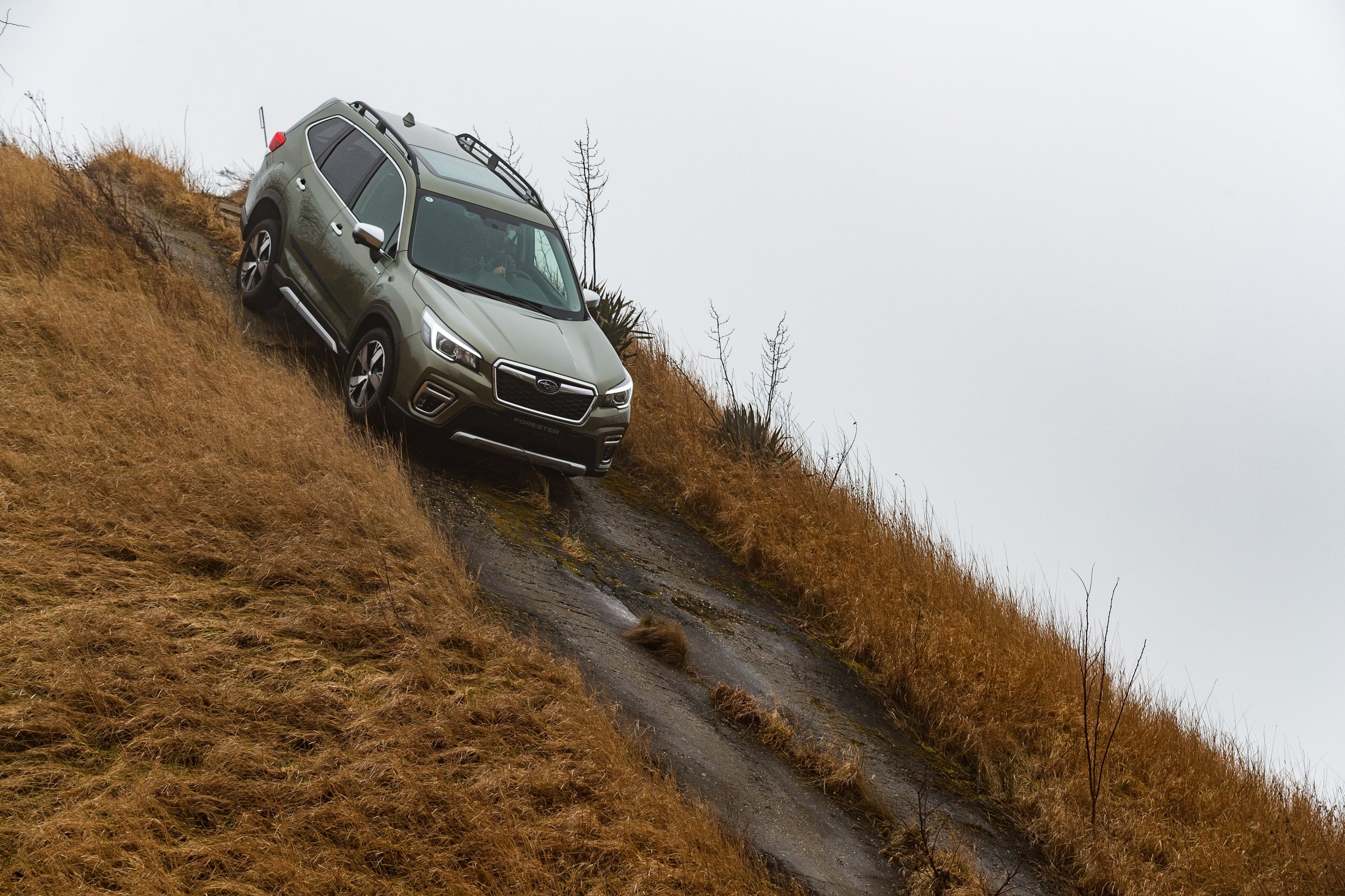In its original configuration and for most of its long life, the Subaru Forester was an estate car, but now the vehicle carrying the model name is a large SUV.
SUVs are more popular than estate cars, and every manufacturer has at least one model in their range, as seen with Porsche, Aston Martin, and even Lotus, now building one. The more mainstream marques are Ford with its Kuga available in ultra-low CO2 plug-in hybrid form. https://www.ford.ca/suvs-crossovers/edge/?gnav=header-suvs-vhp
The Hyundai Santa Fe is larger and has an extra two seats. https://www.hyundaicanada.com/
Skoda Kodiaq https://www.skoda.co.uk/new-cars/kodiaq/se-drive
The Subaru Forester has a 2-litre petrol engine which charges a small electric motor, and this hybrid system produces 148 bhp. The combination should power you away from junctions or lights, but the car isn't quick to accelerate, and part of this is due to the CVT automatic gearbox. It is slow to translate putting your foot down with gaining speed, and it does let the Forester down.
With Subarus, you are guaranteed pedigree handling from their four-wheel drive system, refined through their Rallying. It is one of the defining reasons people choose a Subaru, and you see Farmers, Gamekeepers, Vets and all types of owners who need a vehicle capable of venturing away from the black stuff. You feel confident the Forester will get you where you want to go, and I experienced this when I took the car off-road near the Goodwood estate in West Sussex. You do get some nifty traction aids you can engage when on variable terrain, and Forester's good ground clearance allows you to tackle real rocky surfaces, even the ever-increasing potholes.







